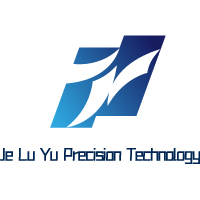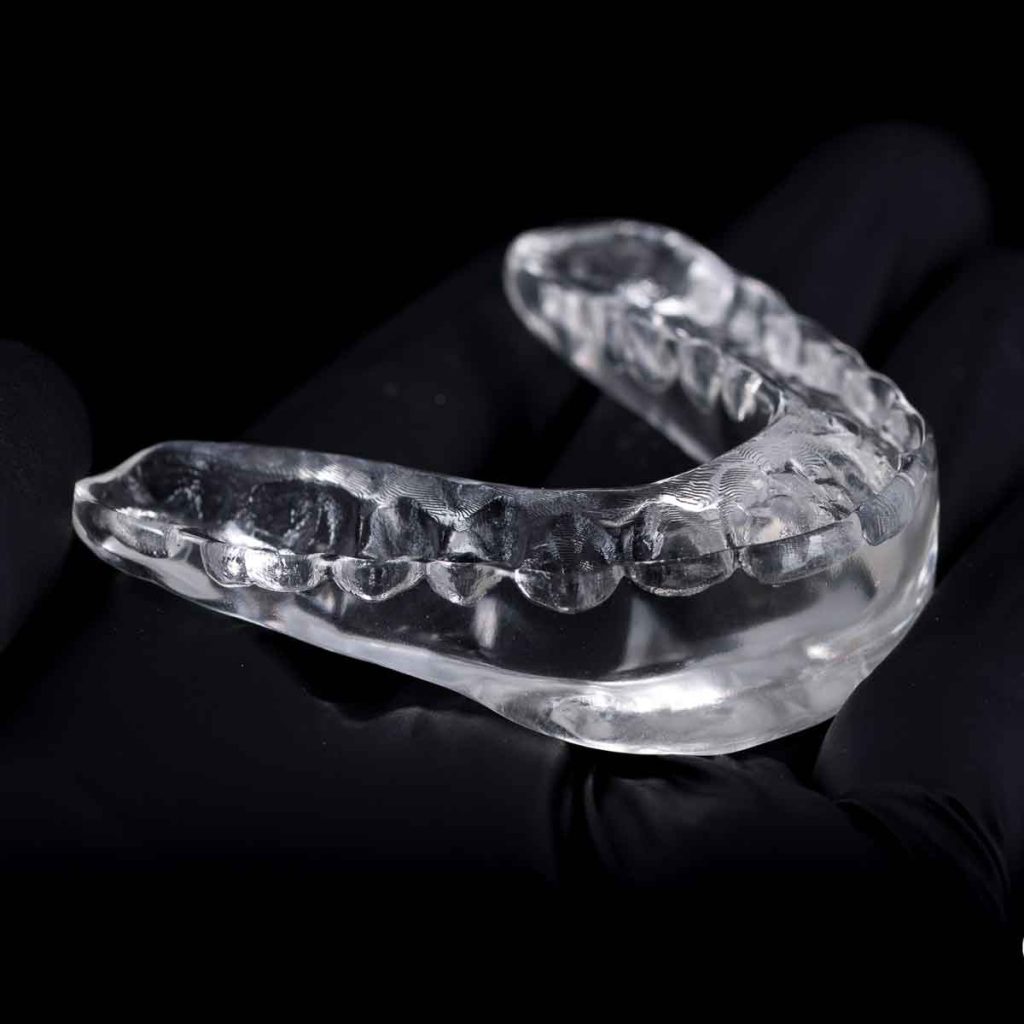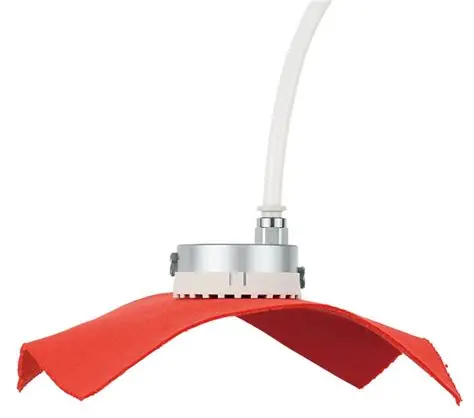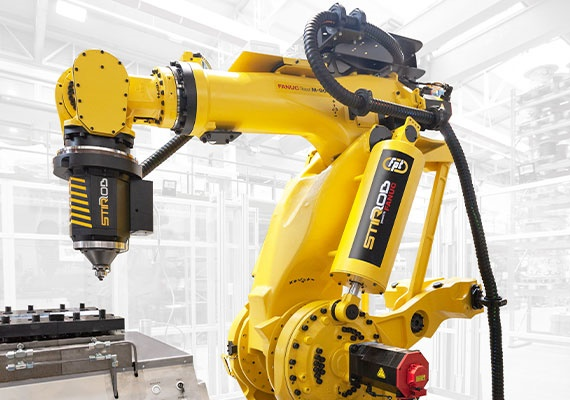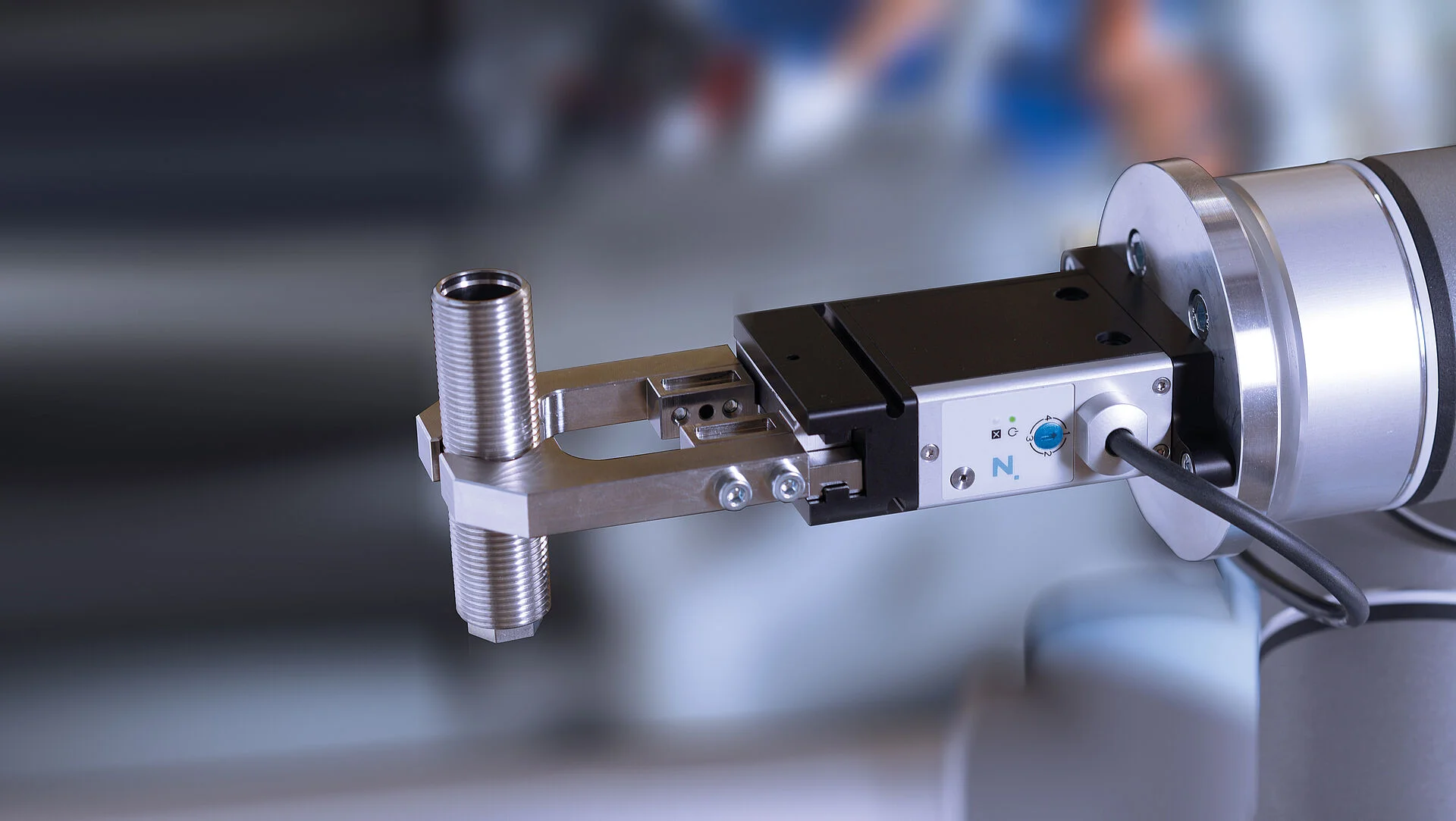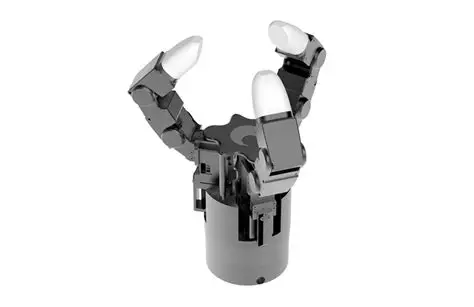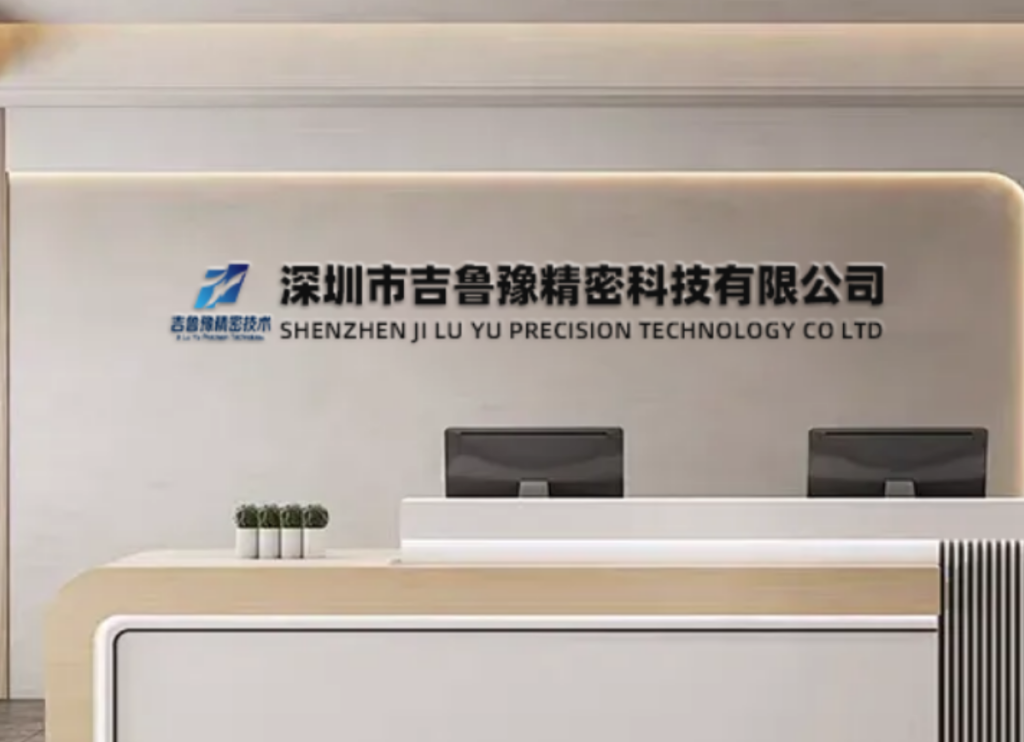High-Resolution Resin 3D Printing Services: A 2025 Guide for Engineers, Designers & Makers
Introduction
When product development cycles shrink from months to weeks, every micron counts. Resin 3D printing—powered by Stereolithography (SLA) and Digital Light Processing (DLP)—delivers the accuracy, surface finish, and material versatility that filament-based technologies cannot match. At JLYPT, we run a fleet of industrial resin printers 24/7 to turn CAD files into functional parts in as little as 48 hours. This guide walks through our process, compares SLA vs. DLP, lists 30+ validated resins, and showcases three recent case studies. Bookmark this page as your evergreen reference for high-resolution additive manufacturing.
When product development cycles shrink from months to weeks, every micron counts. Resin 3D printing—powered by Stereolithography (SLA) and Digital Light Processing (DLP)—delivers the accuracy, surface finish, and material versatility that filament-based technologies cannot match. At JLYPT, we run a fleet of industrial resin printers 24/7 to turn CAD files into functional parts in as little as 48 hours. This guide walks through our process, compares SLA vs. DLP, lists 30+ validated resins, and showcases three recent case studies. Bookmark this page as your evergreen reference for high-resolution additive manufacturing.
Table 1: SLA vs. DLP vs. FDM (Quick Comparison)
| Parameter | SLA Resin | DLP Resin | FDM Thermoplastic |
|---|---|---|---|
| Light Source | UV laser (galvo mirrors) | UV projector (pixel grid) | Heated nozzle |
| XY Resolution | 25–75 µm | 35–100 µm | 200–400 µm |
| Z Layer Height | 10–100 µm | 10–100 µm | 50–300 µm |
| Typical Accuracy | ±0.1 % (min ±50 µm) | ±0.1 % (min ±75 µm) | ±0.5 % (min ±200 µm) |
| Surface Finish | Injection-mold quality | Near-mold quality | Visible layer lines |
| Support Removal | Clip & rinse | Clip & rinse | Mechanical cutting |
| Wall Thickness Limit | 0.4 mm | 0.5 mm | 1.0 mm |
| Build Volume (max) | 350 × 350 × 400 mm | 300 × 335 × 200 mm | 914 × 609 × 914 mm |
| Cost Driver | Resin volume | Resin volume | Machine time |
| Post-Cure Time | 5–30 min (UV oven) | 5–30 min | Optional annealing |
Table 2: Resin Families & Typical Applications
| Resin Brand / Type | Tensile Strength | Elongation | Key Uses | Color Options |
|---|---|---|---|---|
| Next GP-Clear | 65 MPa | 12 % | Optical housings, light pipes | Water-clear |
| Next GP-Tough | 80 MPa | 24 % | Snap-fits, drone arms | White, black, gray |
| Next GP-Flexible 80A | 8 MPa | 80 % | Gaskets, wearables | Translucent amber |
| Next GP-Castable | 45 MPa | 6 % | Jewelry wax-replacement | Purple |
| Next GP-Ceramic-Filled | 90 MPa | 5 % | Heat-resistant jigs | White |
| Next GP-Dental Model | 75 MPa | 10 % | Orthodontic & crown models | Beige |
| Next GP-High-Temp | 95 MPa @ 0.45 MPa HDT 120 °C | 3 % | Under-hood prototypes | Gray |
| BASF Ultracur3D® RG1100 B | 55 MPa | 25 % | Biocompatible skin-contact | Clear |
| Loctite 3D 3843 | 45 MPa | 15 % | ESD-safe fixtures | Black |
Section 1: Design Guidelines for Flawless Resin Prints
1.1 Wall Thickness & Overhangs
SLA can reliably print 0.4 mm walls at 50 mm height, while DLP needs 0.5 mm due to pixel blooming. Overhangs under 30° require supports; use lattice structures at 0.3 mm contact tips to reduce nub cleanup.
SLA can reliably print 0.4 mm walls at 50 mm height, while DLP needs 0.5 mm due to pixel blooming. Overhangs under 30° require supports; use lattice structures at 0.3 mm contact tips to reduce nub cleanup.
1.2 Drain & Vent Holes
Hollow parts must include 2 mm drain holes every 25 mm of cavity length. Position holes on non-cosmetic faces or tap them post-print for functional bosses.
Hollow parts must include 2 mm drain holes every 25 mm of cavity length. Position holes on non-cosmetic faces or tap them post-print for functional bosses.
1.3 Text & Embossing
Minimum positive feature: 0.35 mm height × 0.5 mm width. Negative engraving: 0.4 mm depth to avoid resin pooling.
Minimum positive feature: 0.35 mm height × 0.5 mm width. Negative engraving: 0.4 mm depth to avoid resin pooling.
1.4 Threads
Internal threads down to M3×0.5 or 4-40 UNC can be printed directly. Chase with a tap for production-grade torque resistance.
Internal threads down to M3×0.5 or 4-40 UNC can be printed directly. Chase with a tap for production-grade torque resistance.
Section 2: Workflow at JLYPT
Step 1: File Review
Our engineers inspect STL/OBJ files within 30 minutes, flagging thin walls, islands, or inverted normals. You receive an annotated PDF report the same day.
Our engineers inspect STL/OBJ files within 30 minutes, flagging thin walls, islands, or inverted normals. You receive an annotated PDF report the same day.
Step 2: Orientation & Support
We auto-orient for minimal supports, then hand-tweak to preserve critical surfaces. A 30-second GIF preview is emailed for approval—no surprises.
We auto-orient for minimal supports, then hand-tweak to preserve critical surfaces. A 30-second GIF preview is emailed for approval—no surprises.
Step 3: Print
Build plates are pre-heated to 30 °C to reduce peel force. Layer heights range 10–100 µm based on tolerance spec. A 50 µm layer on a 150 mm part prints in 4.5 hours.
Build plates are pre-heated to 30 °C to reduce peel force. Layer heights range 10–100 µm based on tolerance spec. A 50 µm layer on a 150 mm part prints in 4.5 hours.
Step 4: Wash & Cure
Parts are ultrasonically washed in >99 % IPA, then UV-cured at 405 nm for 5–30 min using nitrogen-purged ovens to eliminate tackiness.
Parts are ultrasonically washed in >99 % IPA, then UV-cured at 405 nm for 5–30 min using nitrogen-purged ovens to eliminate tackiness.
Step 5: QC & Shipping
Every batch is laser-scanned against CAD; deviations >±75 µm trigger reprint. Orders under 500 units ship in padded cartons with desiccant; larger lots are crated with foam.
Every batch is laser-scanned against CAD; deviations >±75 µm trigger reprint. Orders under 500 units ship in padded cartons with desiccant; larger lots are crated with foam.
Section 3: Case Studies
Case 1 – Optical Lens Prototype
Client: European AR headset startup
Challenge: Achieve λ/4 surface accuracy on a 60 mm Ø fresnel lens.
Solution: Printed in Next GP-Clear at 25 µm layers, post-polished, then vapor-smoothed with acetone vapor for 30 s. Wavefront error measured <120 nm RMS.
Lead Time: 3 days vs. 4 weeks for diamond-turned PMMA.
Cost: $42 per lens at 10-off.
Client: European AR headset startup
Challenge: Achieve λ/4 surface accuracy on a 60 mm Ø fresnel lens.
Solution: Printed in Next GP-Clear at 25 µm layers, post-polished, then vapor-smoothed with acetone vapor for 30 s. Wavefront error measured <120 nm RMS.
Lead Time: 3 days vs. 4 weeks for diamond-turned PMMA.
Cost: $42 per lens at 10-off.
Case 2 – Dental Surgical Guide
Client: California orthodontic lab
Challenge: Fit 8 implants within 0.2 mm tolerance in a patient-specific jaw model.
Solution: DLP-printed in biocompatible Next GP-Dental guide resin, sterilized via autoclave 134 °C. 20 guides delivered in 48 hours; surgeon reduced chair time by 35 %.
Client: California orthodontic lab
Challenge: Fit 8 implants within 0.2 mm tolerance in a patient-specific jaw model.
Solution: DLP-printed in biocompatible Next GP-Dental guide resin, sterilized via autoclave 134 °C. 20 guides delivered in 48 hours; surgeon reduced chair time by 35 %.
Case 3 – Luxury Watch Crown
Client: Swiss micro-brand
Challenge: Deliver 18 k gold-plated crowns with 80 µm knurl pitch without machining.
Solution: Castable resin printed at 35 µm, invested in phosphate-bonded investment, then centrifugally cast in 18 k gold. Surface Ra 0.6 µm straight from casting—no CNC required.
Client: Swiss micro-brand
Challenge: Deliver 18 k gold-plated crowns with 80 µm knurl pitch without machining.
Solution: Castable resin printed at 35 µm, invested in phosphate-bonded investment, then centrifugally cast in 18 k gold. Surface Ra 0.6 µm straight from casting—no CNC required.
Section 4: Pricing & Lead Times
| Build Volume | Layer Height | Economy SLA | Precision SLA | Rush (24 h) |
|---|---|---|---|---|
| ≤50 × 50 × 50 mm | 50 µm | $12 | $18 | +100 % |
| ≤100 × 100 × 100 mm | 50 µm | $28 | $45 | +100 % |
| ≤200 × 200 × 250 mm | 50 µm | $95 | $150 | +100 % |
| Custom quote | 10–25 µm | — | On request | On request |
All prices include basic supports, IPA wash, and UV cure. Shipping calculated at checkout.
Section 5: Sustainability & Disposal
Uncured resin is collected in UN-approved drums and sent to licensed incinerators. IPA is distilled on-site, recovering 92 % for reuse. Empty resin cartridges are shredded and pelletized into ABS-like filament for in-house FDM printing—closing the loop.
Uncured resin is collected in UN-approved drums and sent to licensed incinerators. IPA is distilled on-site, recovering 92 % for reuse. Empty resin cartridges are shredded and pelletized into ABS-like filament for in-house FDM printing—closing the loop.
Section 6: Frequently Asked Questions
Q: Can resin prints be tapped or machined?
A: Yes. Use sharp carbide tools at low RPM to avoid delamination. Threaded brass inserts work best with heat-staking.
A: Yes. Use sharp carbide tools at low RPM to avoid delamination. Threaded brass inserts work best with heat-staking.
Q: How do I reduce part cost?
A: Hollow your model, add drain holes, and nest smaller parts inside the hollow cavity to maximize build plate usage.
A: Hollow your model, add drain holes, and nest smaller parts inside the hollow cavity to maximize build plate usage.
Q: Do you offer clear resin optical coating?
A: We dip-coat in UV-curable polyurethane for scratch resistance, 2 µm thick, 95 % transmission @ 550 nm.
A: We dip-coat in UV-curable polyurethane for scratch resistance, 2 µm thick, 95 % transmission @ 550 nm.
